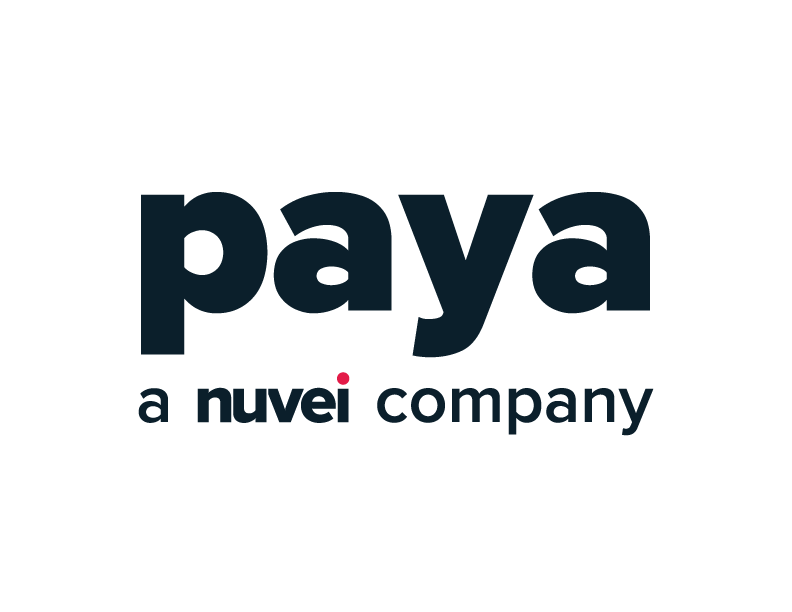It’s likely no surprise that different people adopt to innovation at different rates and in different ways. In fact, adoption patterns have been studied for many decades, and understanding these patterns has proven to be an important factor in optimizing marketing efforts—the better you know your audience, the better you’ll understand what’s important to them and be able to address their concerns.
In his book, Diffusion of Innovations (1962), communication scholar and sociologist Everett M. Rogers describes five types of customers as they relate to adoption of new products and innovations: innovators, early adopters, early majority, late majority, and laggards. Sixty years later, his findings remain relevant and are used to this day to drive marketing strategies across a broad range of industries.
Let’s take a closer look at each of these customer types, and the respective strategies that would most effectively increase adoption to digital payments.
Innovators
2.5% of the market are innovators. This group will be the easiest to onboard with digital payment solutions, as they are the most likely to engage in early customer adoption. This group is comfortable with change and technology, which makes them great product ambassadors, and they have become increasingly dependent on always-at-hand payment methods. Customer satisfaction can easily be acquired from this group by providing the payment options that they desire and exceeding their expectations.

Early Adopters
Another group that will readily adapt to digital payments is early adopters, comprising 13.5% of the market. This group is typically highly educated and socially forward, which makes them more adept at handling innovative technology. You’ll have no problem encouraging this group to engage in payment options such as autopay, e-billing, and text-to-pay, and they may even influence other groups to adopt as well.
Early Majority
The early majority—34% of the market—is slightly more hesitant to change and will adapt to new technology, but only after some amount of time. They may wait for newer solutions to provide substantial benefits over their current payment methods before agreeing to change, or seek out the input of the early adopters and innovators. For this group, it’s important to leverage education so they’re aware of the variety of payment options you have available, and their respective benefits.
Late Majority
The next group—also 34% of the market—are the late majority. Customers of this type generally adapt to change later than the early majority and they may resist new technology due to a lack of trust. They typically adopt only out of economic necessity or social pressure. In this situation, it’s important to build their trust so they feel comfortable adapting to change at their own pace. Having a payments partner with a call center and live support can go a long way with this customer type, engendering trust and providing a “safety net”, adding a degree of comfort and security for those who need it.
Laggards
Though this group is relatively small at 16% of the market, their preferred payment methods require more manual labor for your staff, and they can present a challenge when it comes to adapting to change. This group is typically composed of older generations who are generally resistant to change, and will be the very last to adopt. For this group, it is important to communicate that payment methods such as paper checks can be less cost effective than digital payments when considering the cost of gas and stamps. When working with this group, remind them that personalized service is only a phone call away, and that technology is nothing to be feared.
Generational Differences
In addition to the five customer types, it may also be helpful to consider generational differences, particularly when dealing the adoption of technology-based products and innovations. For example, certain demographics—Millennials and Generation Z in particular—not only prefer the use of technology, but they expect to have technology options readily available. In addition, tech adoption has significantly increased over the years among older Americans. According to a Pew Research Center study, 93% of Millennials, 90% of Gen Xers, 68% of Baby Boomers, and an impressive 40% of those over the age of 74 own a smartphone and use it for a range of functions. So, for communities with higher-than-average percentages of older or younger citizens, you may need to adjust your digital payment adoption strategies accordingly.
Summary
By understanding the mindset and sensitivities of each of these five groups and by developing your customer adoption strategy to accommodate each group’s needs, you’ll be able to increase overall adoption, deliver better experiences for your citizens, and reduce the strain on your municipality’s budget and resources.
As a leader in the government payment space, Paya understands the business needs of government agencies and municipalities. Our innovative payment solutions drive superior commerce outcomes and exceptional customer experiences. We have partnered with over 2,000 government agencies across the US, not only providing advanced payment solutions, but also providing call center support for citizens and payment adoption support for our clients. To learn more, visit paya.com/gov.
